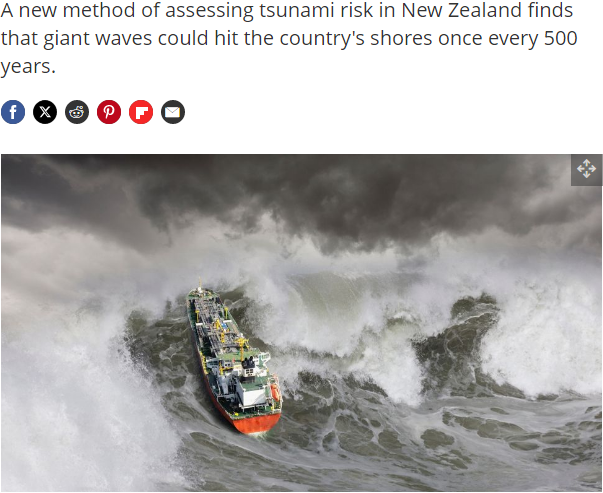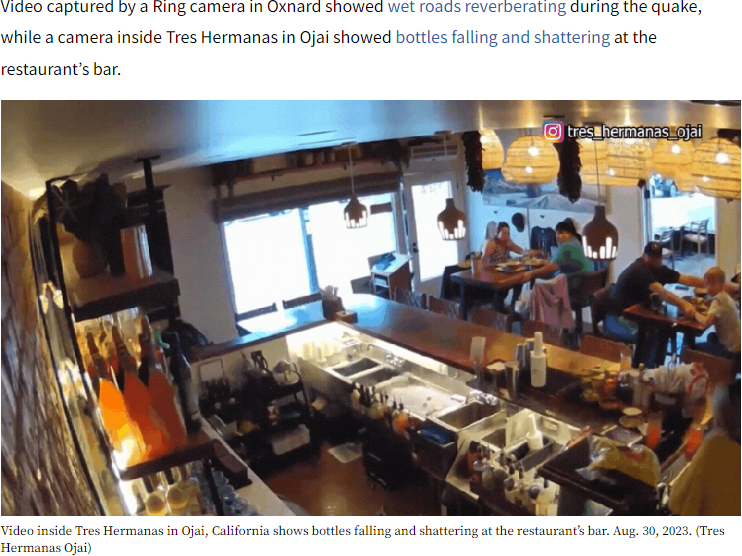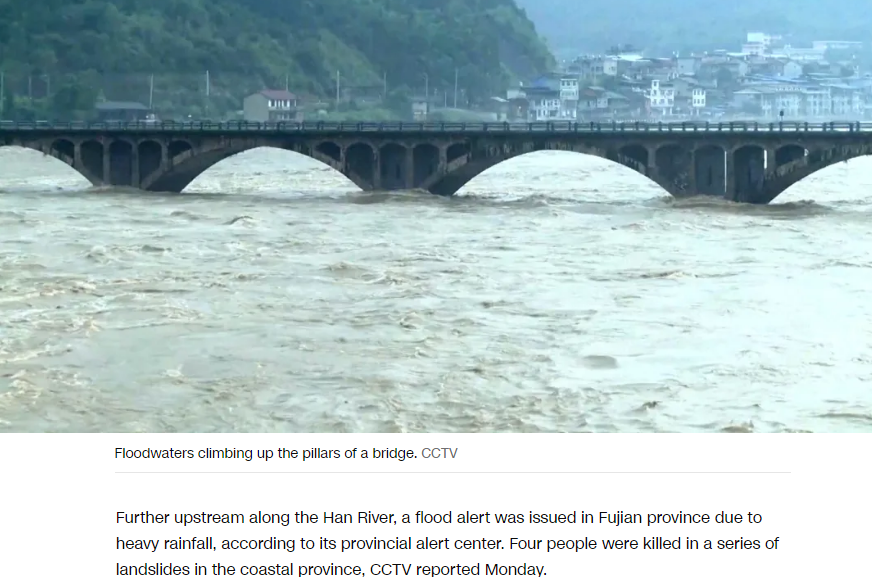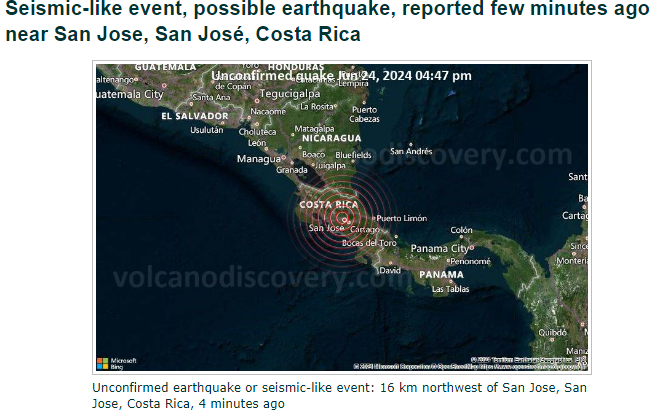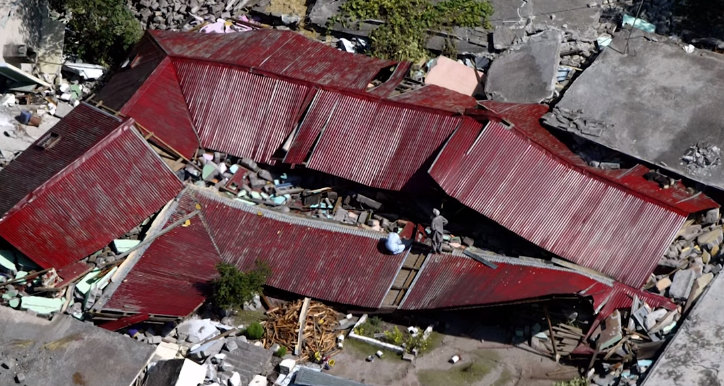| Topic | Information |
|---|---|
| H5N1 Bird Flu Outbreak in the U.S. | The H5N1 bird flu is widespread in wild birds globally and has caused outbreaks in poultry and U.S. dairy cows. There have been 4 human cases in the U.S. since 2022, with 3 following exposure to dairy cows and 1 following exposure to poultry. |
| Current Public Health Risk | The current public health risk is low, but CDC is monitoring the situation closely and working with states to monitor people with animal exposures. |
| CDC Flu Surveillance Systems | CDC is using its flu surveillance systems to monitor for H5N1 activity in people. |
| Protective Actions for People | Protective actions include avoiding direct contact with wild birds, observing them only from a distance, reporting sick or dead birds, and avoiding unprotected exposure to infected live or dead animals or surfaces contaminated by them. |
| Consuming Milk | People should not eat or drink raw milk or products made with raw milk. Choosing pasteurized milk is the best way to keep you and your family safe. |
| Preparing Food | It is safe to eat properly handled and cooked poultry in the United States. There are recommendations around products from other animals with H5N1 virus infections, including cattle and milk. |
| Traveling to Other Countries | CDC does not currently recommend any travel restrictions related to bird flu to countries affected by bird flu in birds, other animals or people. |
Introduction
The world is currently facing a significant bird flu pandemic, with the H5N1 strain causing outbreaks in poultry, wild birds, and U.S. dairy cows. This article will provide an in-depth analysis of the current situation, preventive measures, and the role of the CDC in monitoring and controlling the outbreak.
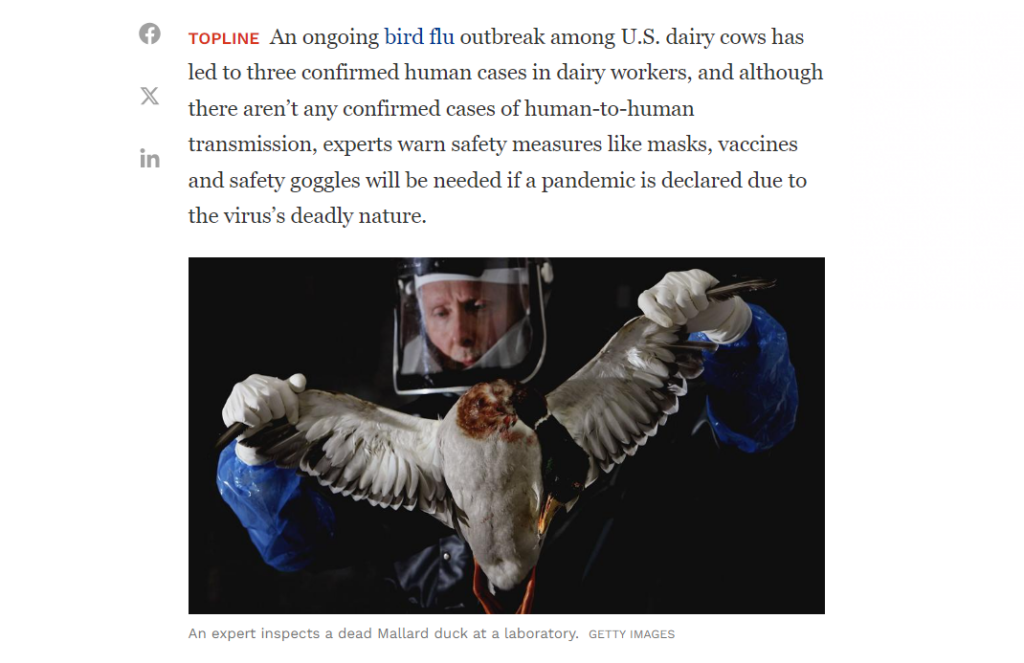
Current Situation
The H5N1 bird flu is a highly pathogenic strain that has been widespread in wild birds globally since 2022. It has caused outbreaks in poultry and U.S. dairy cows, resulting in 4 human cases in the U.S. since 2022. Three of these cases were following exposure to dairy cows, and one was following exposure to poultry.
While the current public health risk is low, CDC is monitoring the situation closely and working with states to monitor people with animal exposures. CDC is using its flu surveillance systems to monitor for H5N1 activity in people.
Protective Actions for People
To protect themselves from the bird flu, people should avoid direct contact with wild birds and observe them only from a distance, if possible. Learning more about protecting oneself around wild birds is crucial.
If someone finds a dead bird, they should avoid contact with the bird and call to report sick or dead birds. Proper disposal and reporting of dead birds can help prevent the spread of the virus.
People should also avoid unprotected exposure to infected live or dead animals or surfaces contaminated by them. This includes avoiding contact with sick or dead poultry, wild birds, and mammals.
For those working with potentially infected dairy cattle, avoiding unprotected direct physical contact or close exposure with cattle and materials potentially infected or confirmed to be infected with HPAI A(H5N1) virus is essential.
Consuming Milk
People should not eat or drink raw milk or products made with raw milk. Choosing pasteurized milk is the best way to keep you and your family safe.
Preparing Food
It is safe to eat properly handled and cooked poultry in the United States. However, there are recommendations around products from other animals with H5N1 virus infections, including cattle and milk.
Traveling to Other Countries
CDC does not currently recommend any travel restrictions related to bird flu to countries affected by bird flu in birds, other animals or people.

Conclusion
The bird flu pandemic is a significant concern, but there are measures in place to monitor and control the outbreak. By following the protective actions outlined by the CDC, people can reduce their risk of infection. It is essential to stay informed about the current situation and follow updates from the CDC and other public health authorities.
